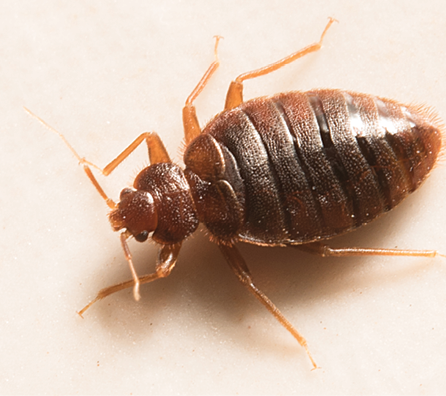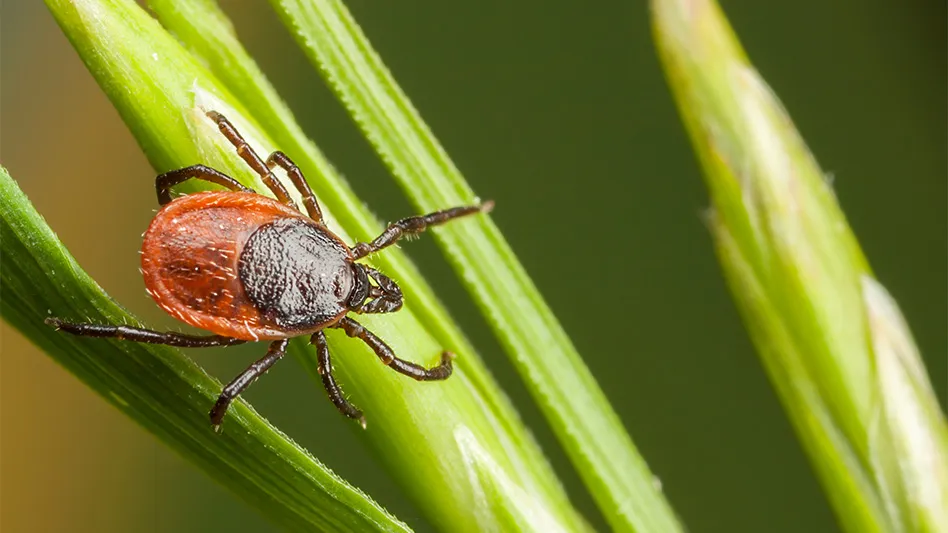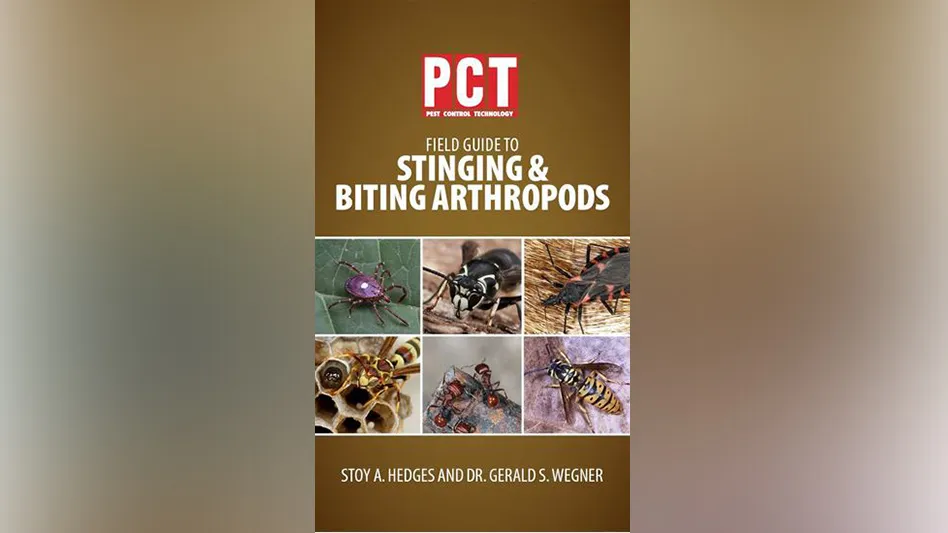
Editor’s Note: The following article was adapted from the webinar “Bed Bug Control Starts With Good Contracts” presented by StopPests in Housing, a Northeastern IPM Center program funded by an interagency agreement between HUD’s Office of Lead Hazard Control and Healthy Homes and the USDA. For more Integrated Pest Management (IPM) resources and training opportunities visit stoppests.org or email stoppests@cornell.edu.
Pest control companies have been busy eradicating bed bugs since the problem spiked in the United States about 10 years ago. There are numerous approaches to killing bed bugs and if done properly, the problem should go away.
Dr. Stephen Kells, an urban and structural pest entomologist and associate professor at the University of Minnesota, asked the obvious question: Why do we still have bed bug problems?
“We’ve figured out how to kill bed bugs,” said Kells, who’s been studying and working with bed bugs since 2001. “The issue is how can we make it faster, cheaper and safer? Part of that is we’re not being thorough enough when addressing infestations.”
The research on the biology and behavior of bed bugs has yet to catch up with the infestations, Kells said. So, it’s up to PMPs to provide a foolproof pest management protocol.
In March 2016’s StopPests in Housing webinar, “Good Bed Bug Control Starts with Good Contracts,” Kells provided four key points every pest management professional should address if they don’t want to “chase the problem” throughout multifamily housing.
#1: THE PLAN. Kells said it’s not enough to get rid of the problem. PMPs should take extra steps to ensure the problem never recurs. How to do that requires a meticulous plan and substantial knowledge of bed bug behavior.
Bed bugs travel, and in multifamily housing, Kells said an infestation can easily multiply with different tenants traveling and creating more pathways.
“Something as simple as checking the surrounding rooms above or across the hall is automatically a program,” Kells said. “As you find new infestations, you’re progressively checking the surrounding rooms.”
When treating the infestation with pesticide, Kells said landlords and tenants should understand that their PMP should be using all three forms: residuals, contact insecticides and dust formulations. If it’s a heat treatment, PMPs should apply insecticide in the unheated areas.
#2: BIOLOGY. The public’s perception of bed bugs and what they are, are two different things, said Kells. That is why if you receive a bed bug complaint, it’s essential you confirm that it’s truly a bed bug infestation. Bat bugs are frequently confused for bed bugs due to their similar shape.
Though bat bugs do not feed on humans, bed bugs do. Never use someone’s bites as proof; bed bug bites look like flea bites, and poison ivy, to name a few.
#3: TRACKING COMPLAINTS. Bed bugs are never limited to just a bed. And they aren’t limited to only a kitchen or a bathroom either. Where the tenant (and their visitors) goes outside can affect how infestations occur and spread. “Bed bugs are specialists in living next to people,” Kells said. “Their droppings and pheromones allow them to ‘stay underneath the radar.’”
Kells’ advice is to not be naïve that the complaint you received is the only known bed bug problem in the building. He cited an example of an apartment that has a heavy infestation of bed bugs, and one bed bug spreads into the apartment next door. If the apartment that has the one bed bug complains and you eradicate it, there’s still that other infestation that puts the rest of the apartments at risk.
“If we just respond to complaints, we’ll always keep coming back,” he said.
#4: COMMUNICATION. People usually do not care about bed bugs until they experience an infestation, said Kells. It’s the PMP’s job to inform customers about bed bugs and the way they’re treated before a problem occurs. If they are knowledgeable, then landlords and tenants will call or shy away from DIY bed bug treatments.
Customers who cannot read English or speak little English pose a challenge for PMPs in properly communicating with or teaching tenants about bed bugs. As a result, Kells suggested translated preparation sheets, pictograms or finding help through social services.
“We found a lot of people who were limited English proficient were reluctant to report anything because they were afraid they were going to be kicked out of their apartments,” Kells said.
Between property management, tenants and pest control, Kells said there is a lot of room for blame. But it’s important for all parties to communicate or else the bed bugs win.
The author is an Ohio-based writer who can be contacted at mfernandez@gie.net.

Explore the September 2017 Issue
Check out more from this issue and find you next story to read.
Latest from Pest Control Technology
- Viking Pest Control Organizes a Charity Bike Build for Local Families
- Gaining Control of Structure-Infesting Carpenter Ants
- Big Blue Bug’s Brian Goldman Receives Rhode Island Small Business Person of the Year Award
- UF Researchers Examine How Much Bait it Takes to Eliminate a Subterranean Termite Colony
- Women in Pest Control Group Continues to Grow, Provide Opportunities in the Industry
- NPMA Announces Results of 2024-2025 Board of Directors Election
- Massey Services Acquires Orange Environmental Services
- Hawx Pest Control Wins Bronze Stevie Award for Sustainability





